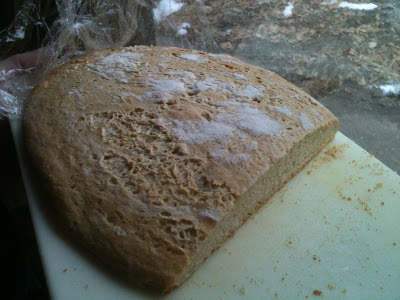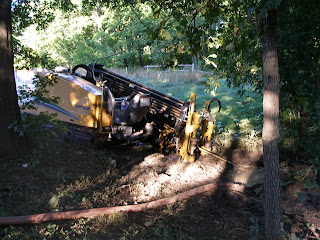Lead in Garden Soils
(EPA)
Lead contaminated soil can pose a risk through direct ingestion, uptake in vegetable gardens, or tracking into homes.
• Uncontaminated soil contains lead concentrations less than 50 ppm but soil lead levels in many urban areas exceed 200 ppm. (AAP 1993)
• The EPA’s standard for lead in bare soil in play areas is 400 ppm by weight and 1200 ppm for non-play areas. This regulation applies tocleanup projects using federal funds.
The soil screening level (SSL) for lead represents a conservative estimate for a level that would be protective of public health in residential soils based on an analysis of the direct ingestion pathway for children. This value is for guidance only and is not enforceable.
Does this mean that lead is a problem in your garden soil? From the research you can see, parts of the plant to absorb lead and arsenic are different concentrations. Arsenic and lead are generally absorbed more into the leaves and less to the roots. An extremely small amount to the point of imperceptible is absorbed into the fruit and seed. Once the concentration of lead and arsenic is known in a garden soil, it can be approximated how much of that will be absorbed into the vegetables. The percentage of uptake of the elements into the plant is seen in the yellow column. Inhaled and ingested arsenic and lead are the most dangerous, but body weight plays an important role in the health affects. This is why small children in their formative years are most likely to have serious health issues from lead. For the most part, field sanitation and clean harvest practices keep the soil particles from entering the food stream, while actual lead content in food is less of an issue.
Lead contaminated soil can pose a risk through direct ingestion, uptake in vegetable gardens, or tracking into homes.
• Uncontaminated soil contains lead concentrations less than 50 ppm but soil lead levels in many urban areas exceed 200 ppm. (AAP 1993)
• The EPA’s standard for lead in bare soil in play areas is 400 ppm by weight and 1200 ppm for non-play areas. This regulation applies tocleanup projects using federal funds.
The soil screening level (SSL) for lead represents a conservative estimate for a level that would be protective of public health in residential soils based on an analysis of the direct ingestion pathway for children. This value is for guidance only and is not enforceable.
Does this mean that lead is a problem in your garden soil? From the research you can see, parts of the plant to absorb lead and arsenic are different concentrations. Arsenic and lead are generally absorbed more into the leaves and less to the roots. An extremely small amount to the point of imperceptible is absorbed into the fruit and seed. Once the concentration of lead and arsenic is known in a garden soil, it can be approximated how much of that will be absorbed into the vegetables. The percentage of uptake of the elements into the plant is seen in the yellow column. Inhaled and ingested arsenic and lead are the most dangerous, but body weight plays an important role in the health affects. This is why small children in their formative years are most likely to have serious health issues from lead. For the most part, field sanitation and clean harvest practices keep the soil particles from entering the food stream, while actual lead content in food is less of an issue.



Comments